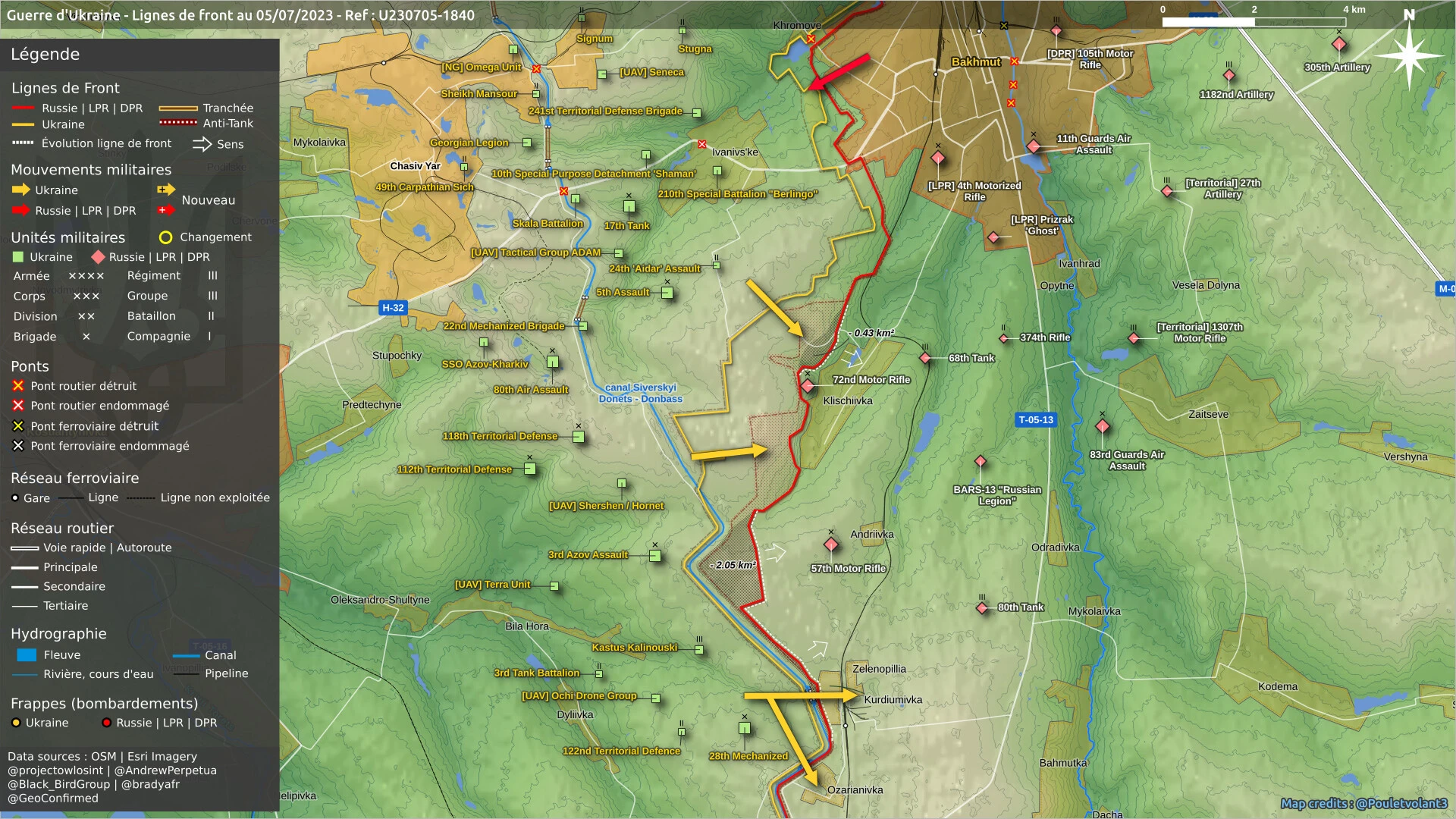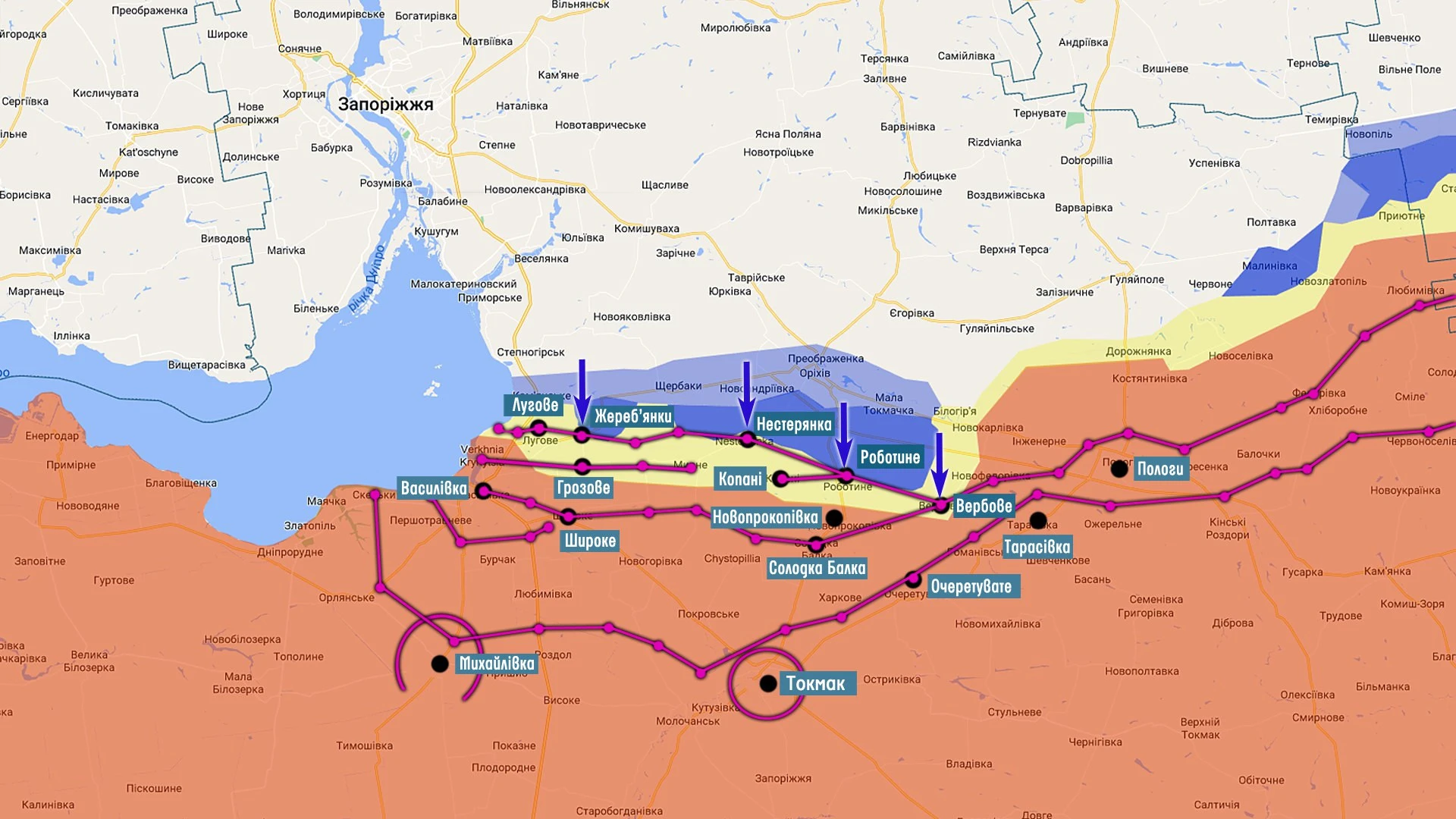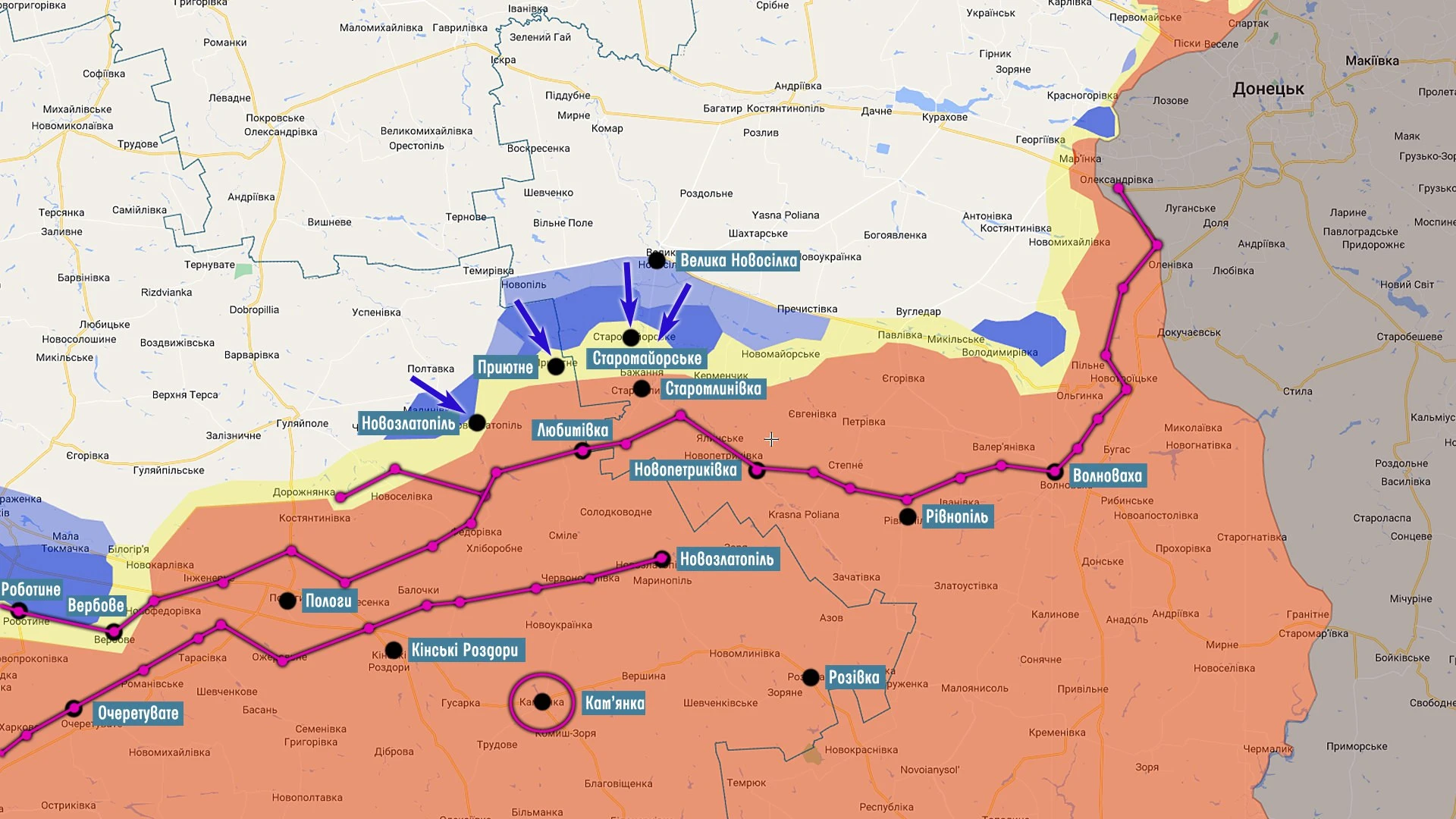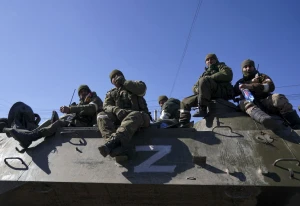
Not only speed of offensive, but its pace matters: military results of the week
The offensive strategy from Commander-in-Chief Zaluzhnyi, the Russian defense in the south will still crack, and the use of chemical weapons by the Russian forces – read more in this week's military summary
Ukraine needs aircraft to strengthen its air defense
Now the enemy's tactics are changing. On the one hand, a certain stockpile of cruise missiles is being maintained. The Ministry of Defense has stated that the Russians have the potential to produce 100 missiles of various types per month, 60% of which are cruise missiles. The main emphasis should be on strengthening Ukrainian air defense, and there is hope that Ukraine will be able to reliably defend all cities, primarily thanks to the supply of aircraft.
Bakhmut: Ukrainian Armed Forces under pressure on flanks, Russians use chemical weapons
On July 7, the spokesperson for the Eastern Military Grouping Serhiy Cherevatyi said that the Defense Forces continue to hold the initiative in the Bakhmut sector and put pressure on the enemy on the northern and southern flanks. Over the last day, they have advanced more than a kilometer. It is difficult to determine where exactly this advance is. Bakhmut is being covered from two flanks. In the north, Ukrainian troops are counterattacking in the direction of Orikhove-Vasylivka and cutting off the road to Sloviansk deep into the occupied territory. There are also battles for the dominant heights in Berkhivka. Now the Russians hold part of the heights, we are in front of the reservoir from the north.
The third assault brigade is operating there. Deputy commander Maksym Zhorin said the brigade continues to move. Some of the heights are under Ukrainian control, some are still in the process of being occupied. The enemy is trying to resist, mainly with new units.

Klishchiivka is on the southern flank. On July 7, the General Staff reported a partial success of the Defense Forces and their consolidation in the area. Heavy fighting continues there. Ukrainian brigades have driven the enemy out of two important strongholds on the heights in front of Klishchiivka. Then the lowlands begin, where the settlement itself is located.
As for the new units, they are trying to hold Klishchiivka, including two tank regiments that have been deployed in recent days. They will try to make it impossible for Ukrainian units to advance. I think these are vain hopes of the Russians. Zhorin said that due to panic, the enemy started using chemical weapons. He mentions a substance called lewisite - when it gets on the skin, it immediately causes pain. This is a significant violation of the rules of warfare. I understand that these munitions were launched from the Grad systems.
On the southern flank, the enemy is still trying to hold this entire line behind Klishchiivka - Andriivka, Kurdiumivka, Ozarianivka - with new reserves. There is a rocky road behind this line and the enemy has pulled up these tank regiments along it. This suggests that the fate of Bakhmut is already sealed, but the enemy is trying to move the last of its reserves here. Even from the Zaporizhzhia front, Enerhodar, they have moved them.
Offensive in the south: Zaluzhnyi's new strategy, Russia's defense will still crack
As for the south. There are gradual, slow actions of the Ukrainian Armed Forces in the Orikhiv direction, from Velyka Novosilka, and in the Vasylivka area. Infantry units and artillery are working on the reserves (up to 30 km deep). The second level of strikes is 80 km. This is the destruction of Russian reserves and important facilities in the depths of the defense. The main thing is not speed, but the destruction of the stability of the enemy's defense. At some point, it will crack anyway, which will be a sign of the beginning of the next stage of hostilities. In the south, the front line is quite wide, with Ukrainian units conducting spot probing and artillery activities along all sections.


We had several offensive operations - the liberation of the Kharkiv and Kherson regions. They were different in terms of dynamics and approaches. Now we have the third model, which is significantly different from the previous two. The enemy is fortified and has a significant number of defense lines. Just a hard and fast advance of our two formed corps can ensure advancement in certain areas. When the enemy's defense is strong, it is risky and wrong. We now see a completely different approach, which is aimed at 'chewing up' the enemy. Russia cannot help but react to Ukrainian offensive actions - where the defense is weak, it begins to transfer reserves from the second and third lines of defense. And this is where the artillery is actively working. Minefields, enemy artillery, aviation and electronic warfare are holding back the Ukrainian advance. Until these factors are minimized, it makes no sense to talk about rapid advancement. We should talk not about speed, but about the pace of the offensive during the operation. The pace is the ratio of Ukrainian actions to those of the enemy. If Ukrainian forces impose their tactics of warfare, and this is what it looks like, it is also an indicator that Zaluzhnyi's new strategy is working in the new realities.
- News













































